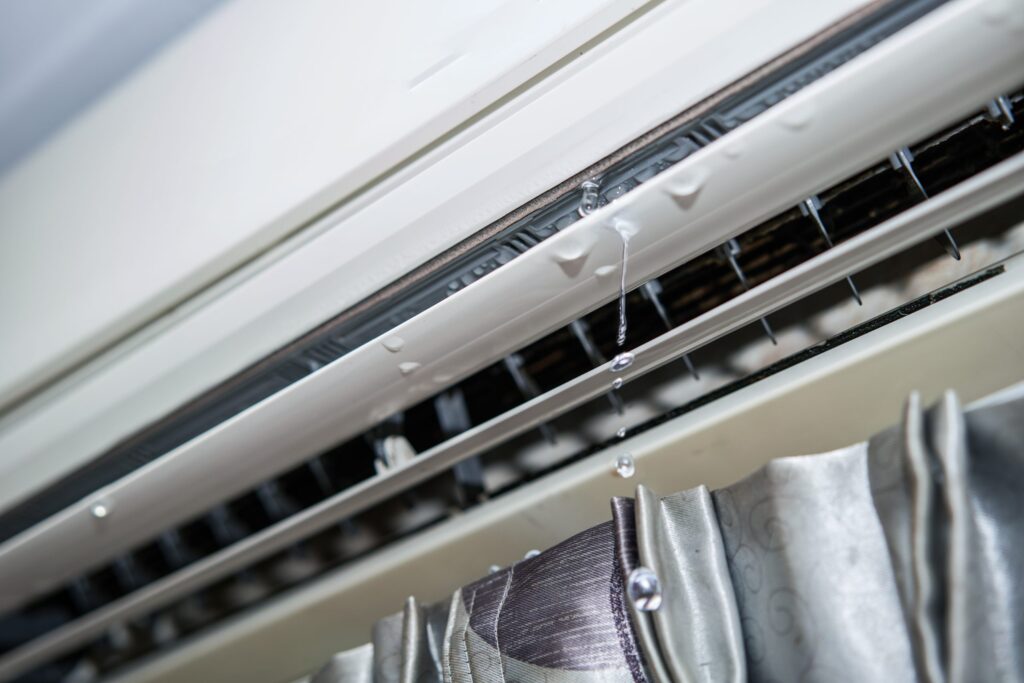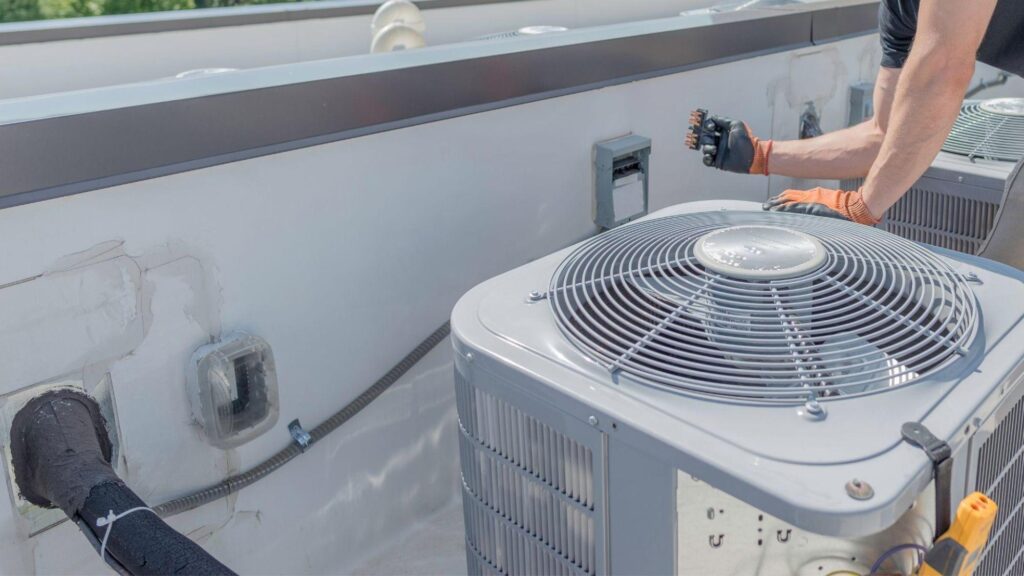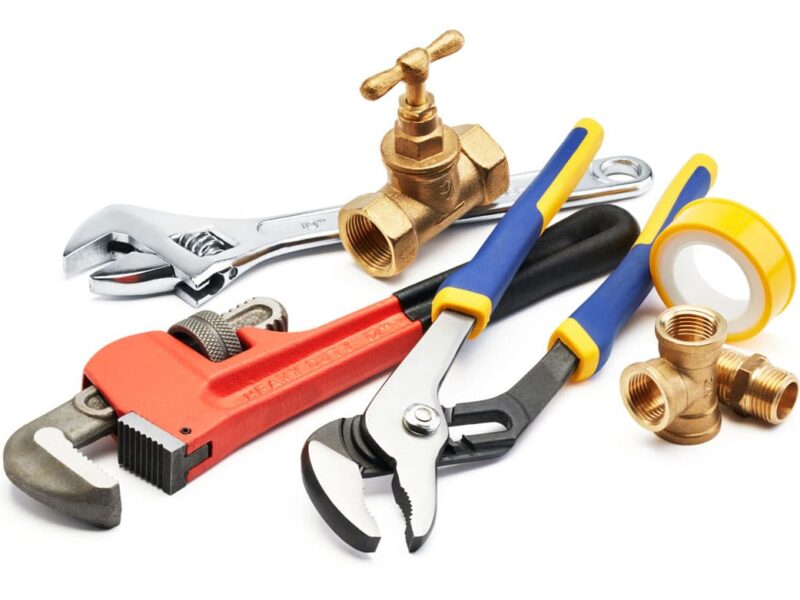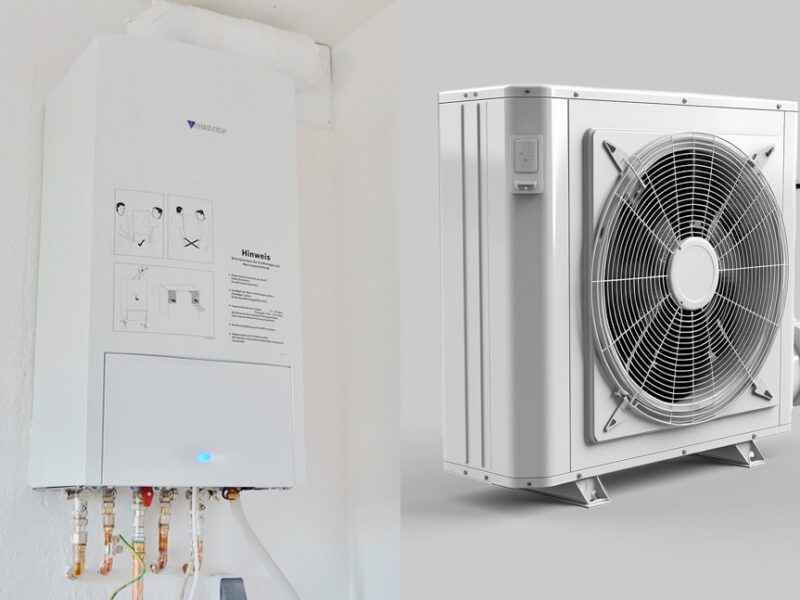When the temperatures rise, your air conditioner becomes an essential part of maintaining comfort in your home. However, like any mechanical system, AC units can develop problems that affect their efficiency and performance. Here’s a guide to identifying and troubleshooting some of the most common air conditioner issues, along with advice on when to seek professional repairs.
1. Low Cooling Output
Problem: Your air conditioner is running, but the air coming out of the vents isn’t as cool as it should be.
Potential Causes:
- Dirty Air Filters: Clogged filters block airflow and reduce efficiency.
- Low Refrigerant Levels: A leak or insufficient refrigerant can hinder cooling.
- Dirty Condenser Coils: Dirt buildup on coils prevents effective heat transfer.
- Thermostat Issues: A malfunctioning thermostat may fail to signal proper cooling cycles.

How to Fix It:
- Replace or Clean Air Filters: Check your filters monthly and clean or replace them as needed.
- Inspect and Clean Coils: Ensure that both indoor and outdoor coils are free of dust and debris.
- Check Thermostat Settings: Ensure your thermostat is set to “cool” and the desired temperature is lower than the current room temperature.
- Call for Professional Help: If the refrigerant is low or leaking, contact an HVAC technician, as handling refrigerant requires certification.
2. Strange Sounds
Problem: Your air conditioner is making unusual noises, such as banging, clicking, or hissing.
Potential Causes:
- Loose or Damaged Parts: Banging or rattling sounds could indicate loose components.
- Electrical Issues: Clicking noises may suggest electrical problems with the AC’s relays or capacitors.
- Refrigerant Leaks: A hissing sound often points to a refrigerant leak.
- Fan or Motor Issues: Grinding or screeching noises could mean motor or fan problems.
How to Fix It:
- Tighten Loose Components: Turn off the unit and inspect the outdoor condenser for loose screws or panels. Tighten as needed.
- Seek Professional Help: For refrigerant leaks, motor issues, or persistent electrical problems, contact a certified technician to prevent further damage.
3. Water Leaks
Problem: Water is pooling around the indoor unit or dripping from the AC.
Potential Causes:
- Clogged Condensate Drain Line: Debris in the drain line can block water from flowing out.
- Frozen Evaporator Coil: Low refrigerant levels or poor airflow can cause the coil to freeze and thaw, leading to leaks.
- Damaged Drain Pan: Cracks or rust in the drain pan can cause water to spill out.
How to Fix It:
- Unclog the Drain Line: Use a wet/dry vacuum to clear blockages or pour a mixture of vinegar and water down the line to help remove buildup.
- Check for Ice on the Evaporator Coil: If ice is present, turn off the unit and let it thaw. Clean or replace air filters and make sure vents are not blocked.
- Replace a Damaged Drain Pan: Consult a professional if you need to replace a corroded or cracked drain pan.

4. AC Not Turning On
Problem: Your air conditioner won’t start, even when set correctly.
Potential Causes:
- Tripped Circuit Breaker: An overloaded circuit can trip the breaker.
- Blown Fuses: Fuses in the electrical panel may have blown.
- Thermostat Malfunction: If the thermostat isn’t functioning properly, the AC won’t start.
- Faulty Capacitor or Contactor: These electrical components help start the AC and keep it running.
How to Fix It:
- Check the Circuit Breaker: Reset any tripped breakers and test the unit again.
- Inspect Fuses: Replace blown fuses if necessary.
- Test the Thermostat: Ensure the batteries are fresh and the thermostat is functioning correctly. Replace it if it’s malfunctioning.
- Call a Technician: For capacitor or contactor replacements, rely on professional help to avoid electrical hazards.
5. Air Conditioner Short Cycling
Problem: The AC turns on and off frequently without fully cooling the space.
Potential Causes:
- Oversized Unit: An AC that’s too large for the space will cool too quickly and shut off before completing a cycle.
- Low Refrigerant Levels: Insufficient refrigerant can cause short cycling.
- Dirty Air Filters: Restricted airflow can lead to short cycles.
- Thermostat Location: A thermostat placed in a warm spot, such as near a window, may cause short cycling.

How to Fix It:
- Replace Air Filters: Ensure proper airflow by cleaning or replacing filters regularly.
- Move the Thermostat: If possible, relocate the thermostat to a more central location.
- Check for Proper Refrigerant Levels: Call a professional to check and refill refrigerant if necessary.
When to Call for Professional Repairs
While some maintenance tasks can be safely performed at home, it’s essential to know when to bring in an expert:
- Refrigerant Leaks: Must be handled by a licensed technician due to safety regulations.
- Electrical Repairs: Issues involving wiring or circuit boards should be assessed by a professional to avoid potential safety hazards.
- Comprehensive System Diagnosis: If your troubleshooting doesn’t resolve the issue, schedule a professional inspection to avoid further damage or inefficiency.
Conclusion
Regular maintenance and quick action when issues arise can help keep your air conditioner running efficiently. By following these troubleshooting steps, you can address common problems and know when it’s time to call in a professional. Proper care ensures your AC stays reliable and keeps your home comfortable throughout the cooling season.


